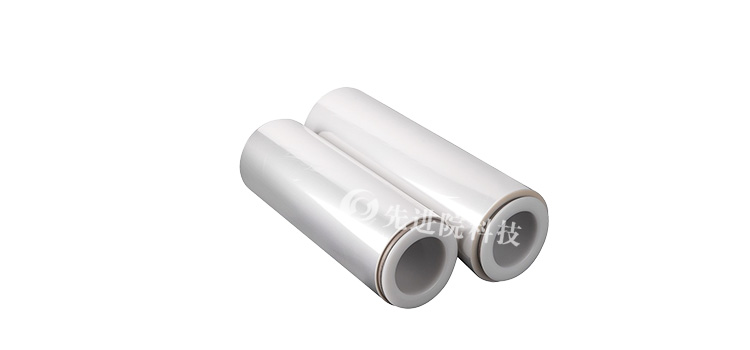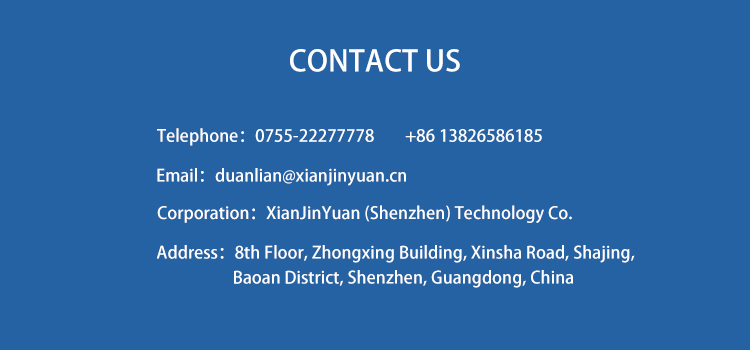Silver reflective aluminum coatingIt is a widely used thin film material with advantages such as high reflectivity, high transmittance, good corrosion resistance, and mechanical strength. Therefore, it has been widely used in fields such as solar cells, LED lighting, optical instruments, and liquid crystal displays. This article will introduce the preparation method, characteristics, and application fields of silver reflective aluminum coating.
Preparation Method
Silver reflective aluminum coatingThe preparation methods mainly include physical vapor deposition (PVD) and chemical vapor deposition (CVD):
(1) The physical vapor deposition (PVD) method involves evaporating silver and aluminum together under vacuum conditions to form a reflective aluminum coating on the substrate. In this preparation method, the evaporation rates of silver and aluminum need to be controlled well, while also controlling the temperature and vacuum degree of the substrate. Usually, methods such as electron beam evaporation or magnetron sputtering are used for evaporation.
(2) The chemical vapor deposition (CVD) method involves reacting metal organic compounds on a substrate to form a thin metal film on the surface. Its advantage is that high-quality metal thin films can be prepared at relatively low temperatures, but the preparation process is relatively complex.

characteristic
Silver reflective aluminum coating has characteristics such as high reflectivity, high transmittance, good corrosion resistance, and mechanical strength. Among them, its high reflectivity is one of its most important characteristics. The reflectivity of silver reflective aluminum coating can reach 90%! On (MISS), it is much higher than other common reflective coating materials.
In addition, the transmittance of silver reflective aluminum coating is also very high, reaching up to 80%! On (MISS), this has made it widely used in fields such as solar cells. The corrosion resistance of silver reflective aluminum coating is also very good, and it can be used for a long time in humid environments without corrosion. In addition, it has high mechanical strength and can withstand significant tensile and compressive forces.
application area
Silver reflective aluminum coatingIt has been widely used in fields such as solar cells, LED lighting, optical instruments, and liquid crystal displays.
(1)
In the field of solar cells:Silver reflective aluminum coating can serve as a reflective layer for solar cells, improving their conversion efficiency. The high reflectivity and transmittance of silver reflective aluminum coating enable it to reflect unabsorbed light back into solar cells, thereby improving the photoelectric conversion efficiency of solar cells. In the field of LED lighting, silver reflective aluminum coating can be used as the reflective layer of LED lamps to improve their brightness and luminous efficiency. The high reflectivity of silver reflective aluminum film can reflect the light emitted by the LED back into the LED lamp, thereby improving the brightness and luminous efficiency of the LED lamp.
(2)
In the field of optical instruments:Silver reflective aluminum coating can be used as a reflective layer for optical components such as mirrors and prisms, improving the reflectivity and transmittance of optical instruments. The high reflectivity and transmittance of silver reflective aluminum coating can improve the performance of optical components, thereby enhancing the accuracy and sensitivity of optical instruments.
(3)
In the field of LCD displays:Silver reflective aluminum coating can serve as a reflective layer for liquid crystal displays, improving their brightness and contrast. The high reflectivity of silver reflective aluminum coating can reflect the light emitted by the backlight back into the LCD display, thereby improving the brightness and contrast of the LCD display.
summarize
Silver reflective aluminum coatingIt is a widely used thin film material with high reflectivity, high transmittance, good corrosion resistance, and mechanical strength. Therefore, it has been widely used in fields such as solar cells, LED lighting, optical instruments, and liquid crystal displays. The preparation methods mainly include physical vapor deposition (PVD) and chemical vapor deposition (CVD).





